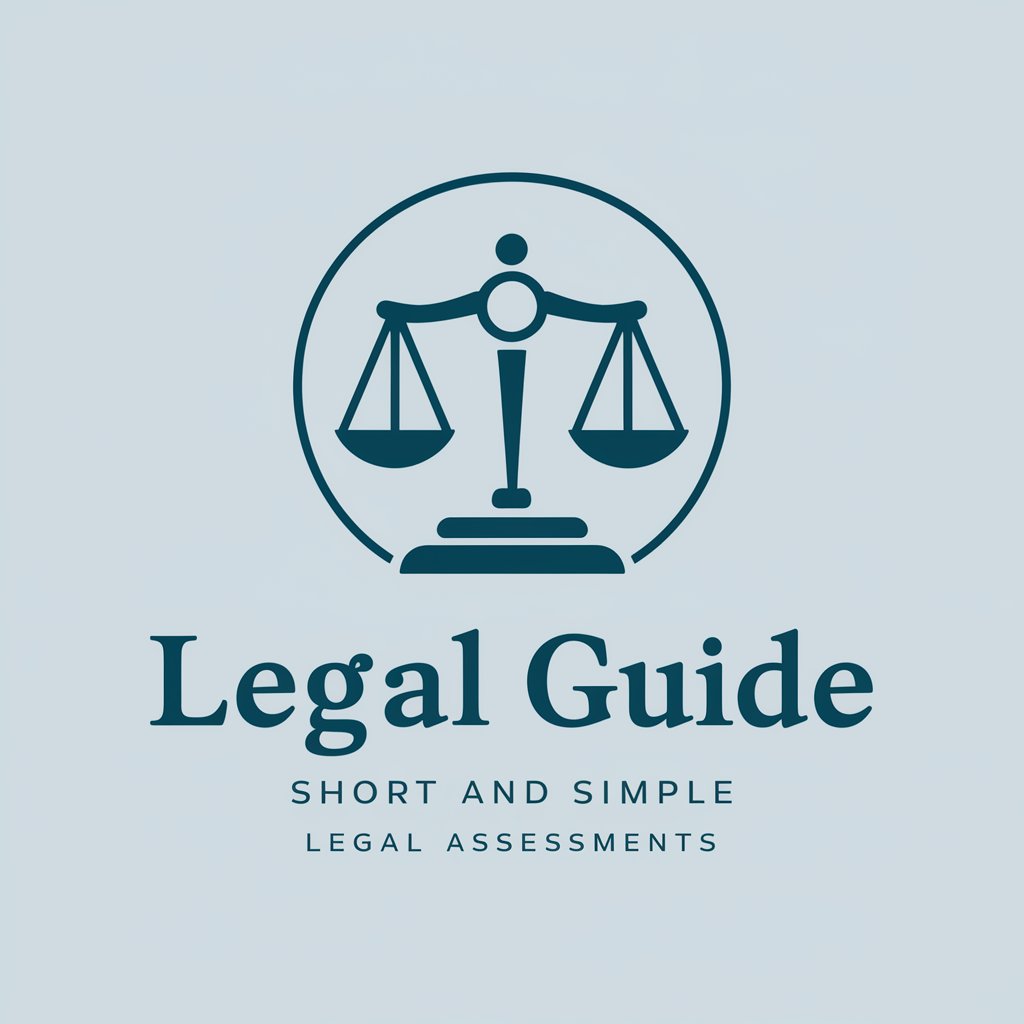
Competitor Analysis - Competitor Insights Tool

Welcome to Competitor Analysis Expert!
Unlock competitive intelligence with AI
Analyze the latest trends in digital marketing to...
Evaluate the competitive landscape for...
Develop strategies to enhance...
Provide insights on how to improve...
Get Embed Code
Introduction to Competitor Analysis
Competitor Analysis is designed to provide businesses with in-depth insights and evaluation of their market competitors. It functions by analyzing various aspects of competitors' strategies, including their digital presence, marketing efforts, product offerings, and customer engagement tactics. The purpose of Competitor Analysis is to enable businesses to identify their competitors' strengths and weaknesses, market positions, and potential opportunities for differentiation. For example, a company looking to enter a new market might use Competitor Analysis to gather data on existing players in that market, assessing their product range, pricing strategies, and online traffic sources. This can help the new entrant to craft a unique value proposition that fills gaps left by competitors or to adopt successful strategies with improvements. Powered by ChatGPT-4o。

Main Functions of Competitor Analysis
Digital Presence Evaluation
Example
Analyzing competitors' websites and social media profiles to assess their SEO strategies, content quality, and user engagement levels.
Scenario
A retail clothing brand uses this function to compare its website traffic and social media engagement with those of its main competitors, identifying areas for improvement in its online marketing and content strategy.
Market Positioning Analysis
Example
Examining competitors' branding, target demographics, and value propositions to understand their market positioning.
Scenario
A startup in the tech industry analyzes the market positioning of leading firms to find a niche market segment that is underserved, allowing it to position its product as a specialized solution for that segment.
Product and Service Comparison
Example
Comparing the features, benefits, and pricing of competitors' products and services to identify competitive advantages or disadvantages.
Scenario
A software company reviews the features and pricing models of similar software in the market, aiming to offer a more feature-rich product at a competitive price point.
Marketing Strategy Assessment
Example
Evaluating the marketing campaigns, channels, and tactics used by competitors to understand their customer acquisition strategies.
Scenario
An e-commerce platform conducts an analysis of its competitors' holiday season marketing campaigns to identify effective promotional tactics and channels, aiming to optimize its own marketing spend.
Ideal Users of Competitor Analysis Services
Startups and New Market Entrants
These groups benefit from understanding the competitive landscape to identify market gaps, opportunities for innovation, and strategies to differentiate themselves from established players.
Established Businesses Seeking Growth
For businesses aiming to expand their market share, Competitor Analysis provides insights into competitors' strengths to leverage and weaknesses to exploit, aiding in strategic planning and execution.
Marketing Professionals
Marketing specialists use Competitor Analysis to craft more effective campaigns by understanding the audience engagement strategies and content themes that resonate well within their industry.
Product Managers
Product managers rely on Competitor Analysis to make informed decisions about product development, feature prioritization, and positioning to ensure their offerings remain competitive and meet market demands.

Guidelines for Using Competitor Analysis
Start with a Free Trial
Begin by visiting a website offering Competitor Analysis tools for a free trial without the need for login or a subscription to ChatGPT Plus.
Identify Competitors
Compile a list of your main competitors. Use industry reports, Google searches, and social media to find businesses offering similar products or services.
Gather Data
Utilize the Competitor Analysis tool to gather data on your competitors' market presence, including their SEO strategies, social media engagement, and content marketing efforts.
Analyze the Information
Carefully analyze the collected data to identify strengths, weaknesses, opportunities, and threats in your industry. Look for patterns or strategies that lead to success.
Apply Insights
Implement the insights gained from the analysis to refine your business strategies, marketing efforts, and product development to better compete in your market.
Try other advanced and practical GPTs
Aromatic Eden Agent
Grow, Care, and Thrive with AI

SEO Insight
Empowering SEO with AI-driven Insights

Legal Guide
AI-powered Legal Advisor at Your Service

ISO Certification Consultant
Streamlining ISO Certification with AI

Ayurveda Advisor
Empowering Your Well-being with AI

Lebanon Startup Advisor
Empowering Lebanese Entrepreneurs with AI

Mentor Negócios do Milênio
Empowering Business Innovation with AI

Survey Analyzer GPT
Empowering Insights with AI Analysis

1111
Transforming Data into Insights with AI

We Help
Enhancing mental well-being with AI

SentinelBOT
Empowering Cyber Defense with AI

CTI BOT
Empowering Cybersecurity with AI

FAQs on Competitor Analysis
What is Competitor Analysis?
Competitor Analysis is a strategic approach to identify, evaluate, and monitor competitors in your industry. It helps businesses understand their competitive landscape to make informed decisions.
How often should I conduct Competitor Analysis?
Regular analysis is crucial. Quarterly reviews are recommended, but you may adjust the frequency based on your industry's dynamics and the level of competition.
Can Competitor Analysis help with SEO?
Yes, analyzing competitors' SEO strategies can reveal valuable keywords, backlink opportunities, and content approaches that can enhance your own SEO efforts.
What tools are used for Competitor Analysis?
Various digital marketing tools are used, including SEO platforms, social media monitoring tools, and website analytics tools, to gather and analyze competitor data.
How can small businesses benefit from Competitor Analysis?
Small businesses can identify niche opportunities, understand market trends, and adopt successful strategies from competitors to improve their market position and growth.